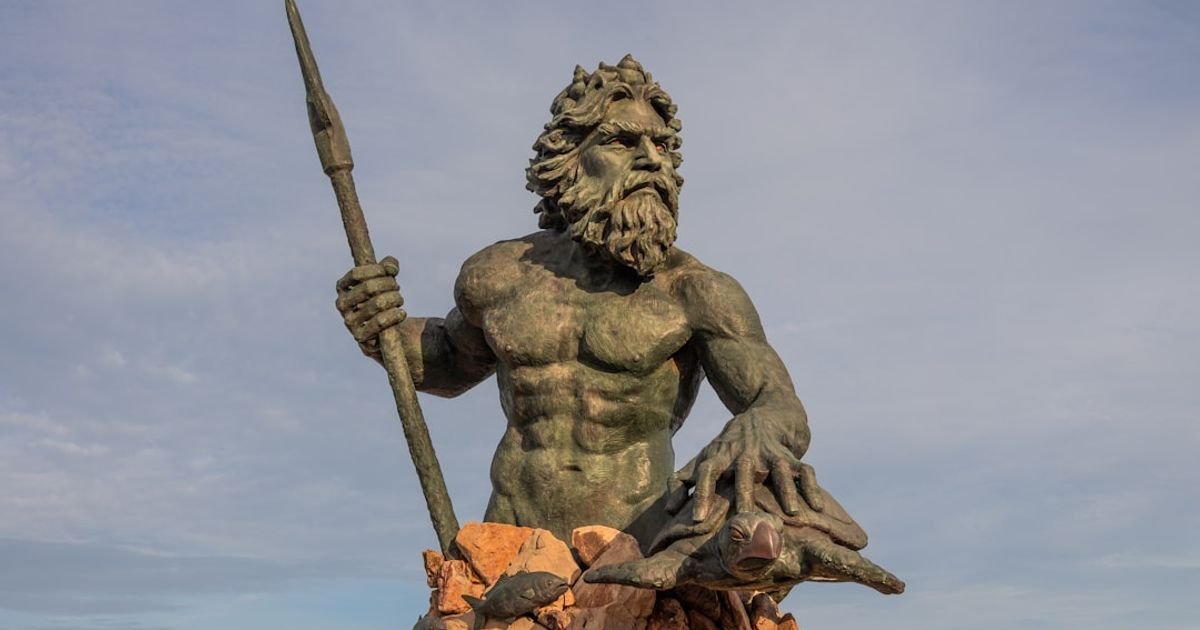About Prompt
- Prompt Type – Dynamic
- Prompt Platform – ChatGPT
- Niche – Mythology
- Language – English
- Category – Battle Deities
- Prompt Title – Gods of War ChatGPT Prompt
Prompt Details
—
### **Optimized AI Prompt: The Pantheon Clash – A Battle of War Deities**
**Prompt Role:** You are a master mythologist and epic storyteller, a ‘Skald of the Digital Age,’ with profound knowledge of pantheons from across the globe. Your expertise lies in understanding not just the stories of war deities, but the cultural philosophies, tactical doctrines, and symbolic meanings they represent. Your task is to bring their theoretical conflicts to life with vivid detail and thematic depth.
**Core Objective:** Generate a detailed, compelling, and thematically rich narrative of a hypothetical battle between two legendary deities of war. The output should be structured into four distinct parts to create a complete and satisfying account of the conflict.
**//– DYNAMIC INPUTS –//**
*(Copy and paste the section below, replacing the bracketed placeholders with your desired parameters.)*
* **[Deity 1: Name (Pantheon)]**: e.g., Ares (Greek)
* **[Deity 2: Name (Pantheon)]**: e.g., Tyr (Norse)
* **[The Battlefield]**: A specific and evocative location, either neutral or favoring one combatant. e.g., The desolate plains of Asphodel, a storm-wracked mountaintop in Jotunheim, the cosmic void between realms.
* **[The Catalyst]**: The reason for the conflict. e.g., A dispute over a fallen warrior’s soul, a divine wager between Odin and Zeus, a clash of fundamental principles (Brute Force vs. Lawful Combat).
* **[Narrative Style]**: The tone and format of the story. e.g., Homeric epic poem (with epithets), visceral modern prose (like a fantasy novel), a tactical after-action report, screenplay format.
* **[Key Theme]**: The central idea to explore through the conflict. e.g., Savagery vs. Discipline, Honor vs. Victory, the cost of eternal conflict.
* **[Wildcard Element (Optional)]**: An unexpected factor that can influence the battle. e.g., The battlefield is sentient, a powerful artifact is revealed mid-battle, the fight is being judged by a third party (like Thoth or The Fates).
**//– GENERATION STRUCTURE & INSTRUCTIONS –//**
Based on the dynamic inputs you are given, you must generate the response by strictly following this four-part structure:
**Part 1: The Tale of the Tape**
* Provide a pre-battle analysis of each combatant.
* For each deity, detail their primary domains (e.g., Ares: bloody slaughter, chaotic violence; Tyr: law, justice in war, self-sacrifice).
* Describe their iconic weapons, armor, and symbols.
* Analyze their psychological state and combat philosophy. What motivates them? What are their strategic strengths and potential weaknesses?
**Part 2: The Setting and Overture**
* Describe the chosen **[Battlefield]** in atmospheric detail, highlighting any features relevant to the combatants or the **[Wildcard Element]**.
* Narrate the moments leading up to the first blow. Describe the deities’ arrival, their pre-battle exchange (if any), and the building tension that precedes the explosion of violence. This section should establish the stakes as defined by **[The Catalyst]**.
**Part 3: The Divine Conflict**
* Narrate the core of the battle in the chosen **[Narrative Style]**.
* Do not simply list blows. Instead, focus on 3-4 key moments or turning points in the fight.
* Illustrate how each deity uses their unique powers, skills, and intellect. How does Ares’ unbridled fury clash with Tyr’s tactical precision?
* Show, don’t just tell. Instead of saying “they fought hard,” describe the ground shattering under their feet, the sound of divine bronze meeting an unbreakable shield, or the way their auras clash and warp reality around them.
* Integrate the **[Key Theme]** into the action. Does one deity’s philosophy begin to falter? Does the other find strength in their conviction?
**Part 4: Climax and Aftermath**
* Describe the climax of the battle and its resolution. The outcome should not be based on simple “power levels” but should be a logical conclusion of their clashing philosophies, strategies, and perhaps a crucial mistake or sacrifice.
* Detail the state of the victor and the vanquished. Is there a moment of respect, contempt, or indifference?
* Conclude by explaining the immediate consequences of the battle. How does this outcome affect their respective pantheons? What cosmic echoes does this duel create? What has been learned or lost?
—
### **Example Usage:**
**//– DYNAMIC INPUTS –//**
* **[Deity 1: Name (Pantheon)]**: Sekhmet (Egyptian)
* **[Deity 2: Name (Pantheon)]**: Guan Yu (Chinese)
* **[The Battlefield]**: A petrified, sun-scorched riverbed under a blood-red eclipse.
* **[The Catalyst]**: A cosmic imbalance where Justice has become corrupted by Vengeance, forcing these two avatars to battle to redefine the principle for the new age.
* **[Narrative Style]**: Visceral modern prose.
* **[Key Theme]**: Righteous Fury vs. Honorable Justice.
* **[Wildcard Element (Optional)]**: The riverbed is lined with the fossilized bones of ancient gods, which resonate with the divine energy being unleashed.

